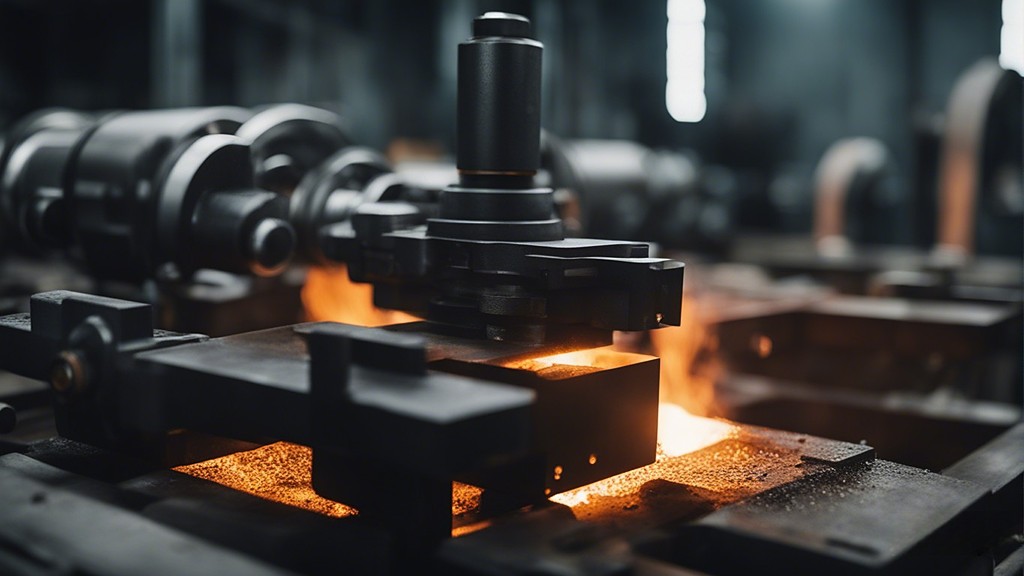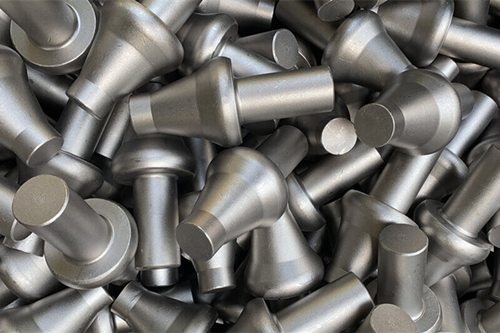Cold forging is a metalworking process that involves the shaping of metal at room temperature without the need for excessive heat. This manufacturing technique offers numerous advantages, such as increased material strength, improved dimensional accuracy, and enhanced surface finish.
This article will explore the step-by-step process of cold forging, providing a comprehensive understanding of its key stages.
Step 1: Material Selection
The first step in the cold forging process is selecting the appropriate material. Cold forging is commonly used with various metals, including steel, aluminum, copper, and their alloys. The chosen material should possess the necessary ductility and strength to undergo plastic deformation without cracking or breaking.
Step 2: Preparation
Before cold forging begins, the selected material is prepared by cutting it into the desired length or shape. This step ensures that the starting material is of the correct size and dimensions for the forging process. Additionally, any surface contaminants or oxide layers may be removed through cleaning or surface treatment processes.
Step 3: Lubrication
Lubrication is a crucial aspect of cold forging as it minimizes friction between the material and the forging dies or tools. Proper lubrication helps reduce wear and tear on the equipment, enhances the material flow during deformation, and improves the surface finish of the final product.
Step 4: Die Design and Preparation
Die design is a critical stage that involves creating the tools necessary for shaping the metal. The design of the dies must consider the desired shape of the final product, the material’s flow characteristics, and the required tolerances. Once the die design is finalized, the dies are machined, heat-treated if necessary, and assembled into the forging equipment.
Step 5: Cold Forging Operation
The actual cold forging operation begins with the material being placed between the two dies in the forging machine. The machine applies a significant amount of force to deform the metal into the desired shape. The force can be applied using a hydraulic machine.
Major Benefits
cold forging is a metalworking process that offers several major advantages. It enables the production of complex shapes with high precision, increases the strength and durability of parts, enhances material utilization, and provides efficient and cost-effective manufacturing. As a result, cold forging has become a popular choice for many industries seeking reliable, high-quality components.
For coldforgingchina is one of the cold forging manufacturers.

